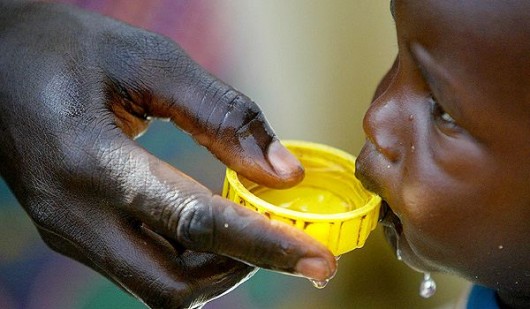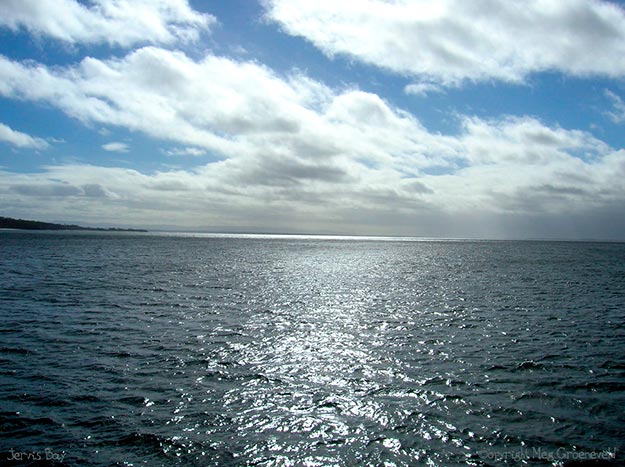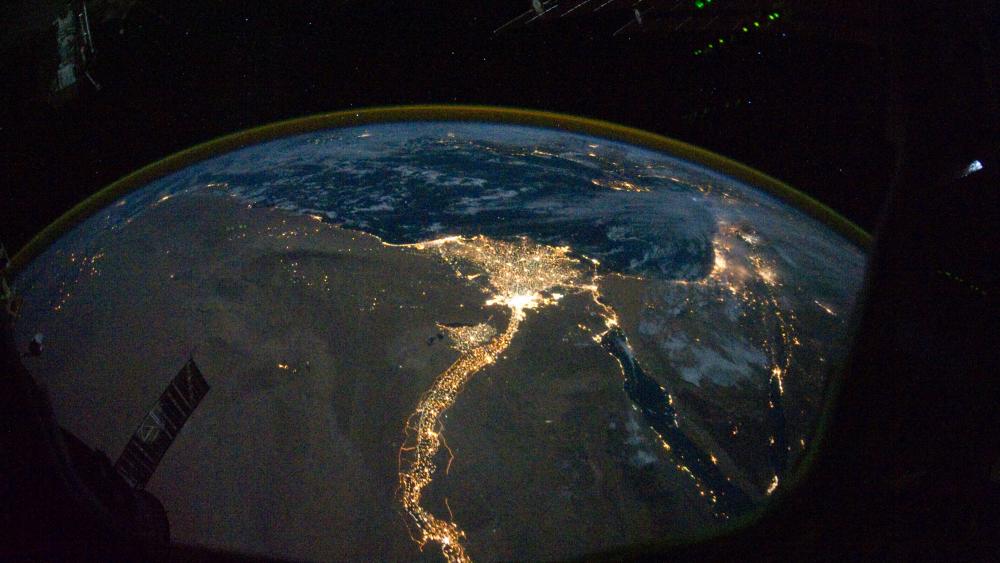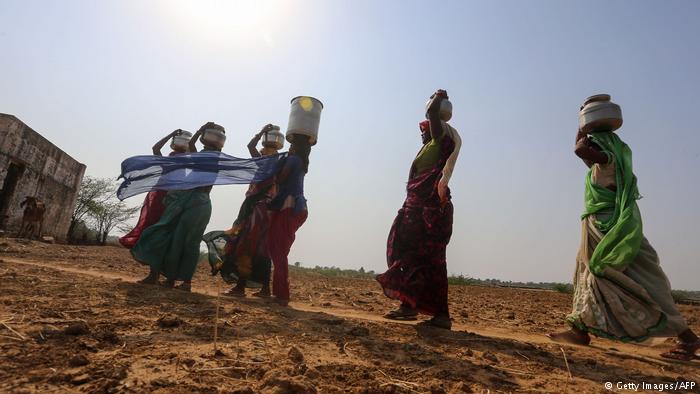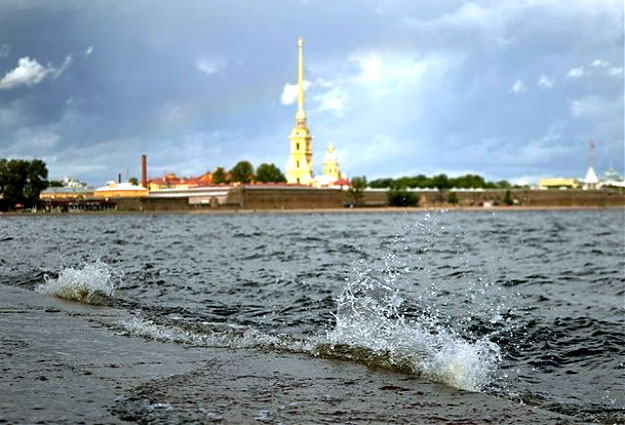Due to a one-two punch of a booming population and severe droughts across the globe, the Earth is in what the United Nations is calling a “water crisis”. It’s possible to make do with just a few gallons a day, as people do in many parts of the world, but households in the United States use an average of 400 gallons of water per day.
With a growing awareness of this disparity, some Americans are beginning to think about ways to cut down on their water usage. In some states — especially in the southeastern and western United States — residents don’t have a choice: Many state governments have issued bans on outdoor watering and are asking residents to take steps to cut their water by as much as 20 percent. Read more

